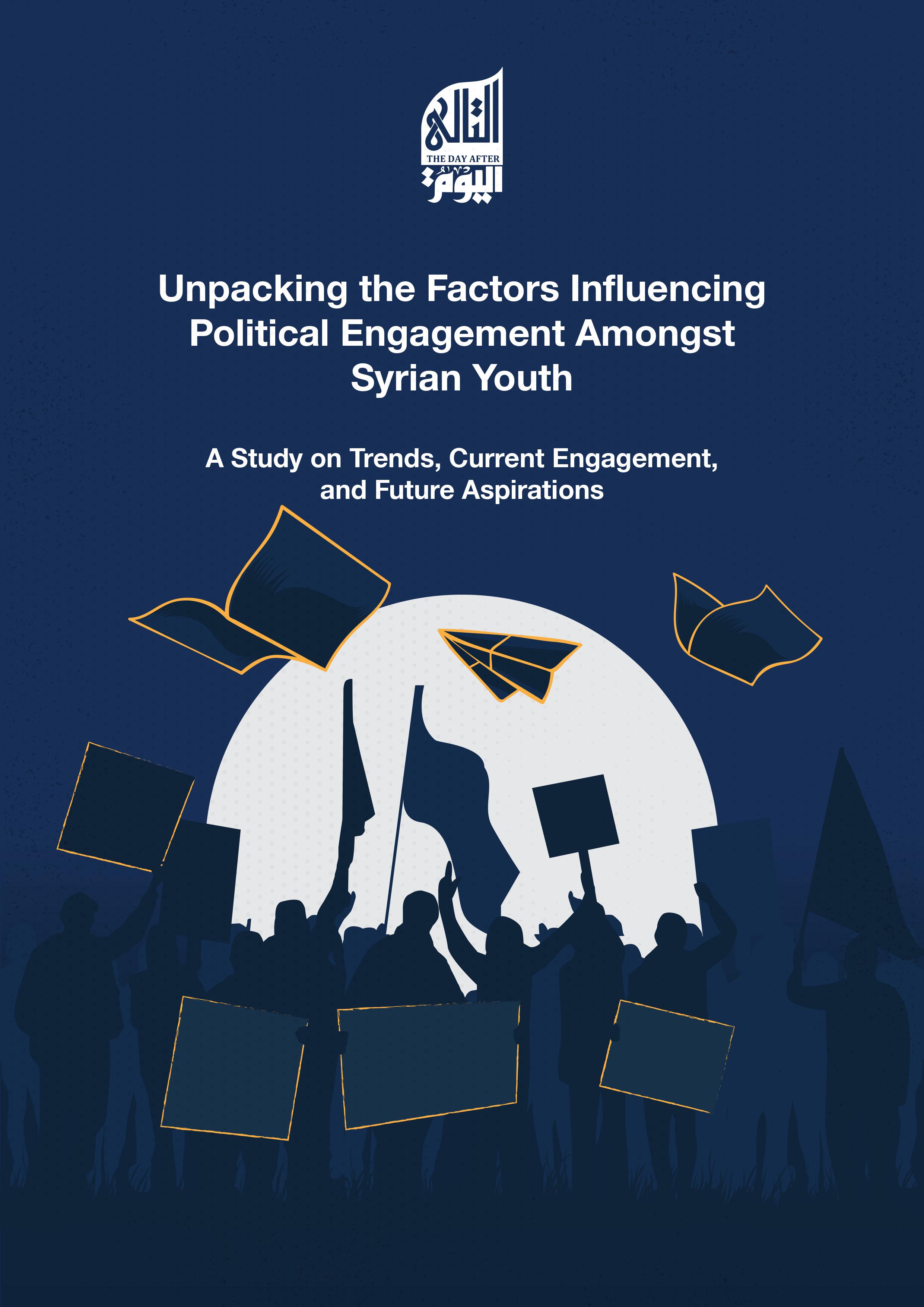Date: April 2023
Read PDF: English العربية
The politics of Syria under the Assad family’s rule can be divided into two distinct parts. The first part is the “National Progressive Front,” a group of parties that share the Ba’ath Party’s political discourse and are permitted to operate within the political system. The second part comprises parties that operate outside the Ba’ath Party’s authority. The Syrian regime actively targets members of these parties, regardless of their political affiliation, be it Islamic, leftist, or national, as well as anyone who has any association with these parties. This ruthless approach extends even to those with knowledge of these groups’ members.
The Syrian regime has gone to great lengths to assimilate any youth, worker, student, women, or trade union initiatives within its ideological framework. This strategy aims to suppress intellectual rigor, political discourse, and dissenting viewpoints in favor of the regime and its security apparatus. The same tactic is employed towards older age groups, such as the Revolutionary Youth Union and the National Union of Syrian Students. This is applicable to trade unions and vocational federations that have aligned themselves with the Baath Party and are operating under its guidance. They seem to be revolving around the Baath Party and following its directives.
When the revolutionary movement began in Syria in 2011, local coordinators became the primary form of organization, with young people as its main driving force. Many regarded this as the foundation of political practice, given its organizational structure and the distinct roles assigned to its members. As a result, Syrian youth who took part in the movement gained a greater understanding of politics, political life, affiliation, and organization, which helped to increase their political participation.
As violence by the Syrian regime’s military and affiliated militias escalated, the Syrian movement evolved into an armed conflict. This conflict gained the attention of regional and international parties, earning the name “Syrian conflict.” The violence and turmoil have led to the emergence of several short-lived political blocs and the retreat of traditional opposition parties. Unfortunately, these parties continue to reproduce their discourse and have distanced themselves from the aspirations of Syrians, particularly the younger generation. The success of the Syrian movement in achieving its demands presented an opportunity to reintroduce the “political dimension” to Syrian life. However, subsequent local and regional tensions led to a complex state of confusion and conflicting interests between the political and military currents on Syrian soil, ultimately plunging the country and its people into conflict.
This study seeks to explore the Syrian youth’s attitudes towards the political trends that emerged as a result of these events, whether positive or negative, and to investigate their actual support for political engagement in Syrian society, as well as their future aspirations.
This study employed a descriptive analytical approach, which involves collecting sufficient and accurate data on the phenomenon and analyzing it objectively to identify the constituent and influencing factors. The sample of the was 3000 individuals divided into seven primary regions, including the areas of the interim government, the areas of the Syrian Democratic Forces in northeastern Syria (SDF), the areas of the Syrian government, the areas of the Salvation Government in Idlib and its countryside, the Arab neighboring countries, Turkey, and Europe.
